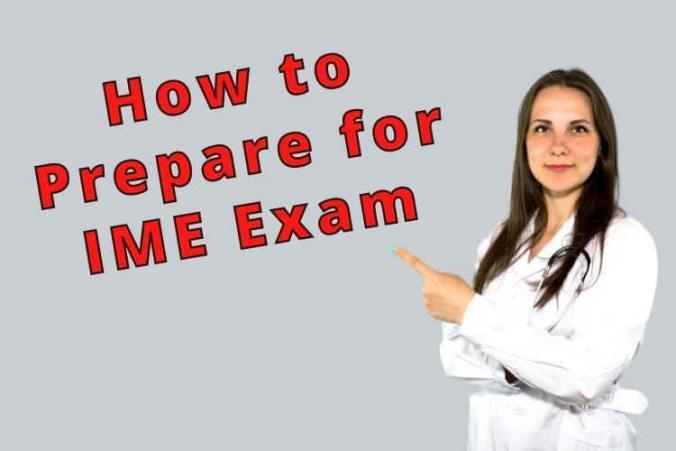Work injury claimants call my office all the time asking for advice about IME exams. Many of them heard bad things about IME tests. They don’t know what to expect. Others ask how to prepare for the IME and what to do. The best advice I can give is to plan and be ready. To help, below are 6 steps that every work injury claimant must follow.
How L&I claims work
After an injury at work, you open a claim with L&I or your self-insured employer. From there, you get medical or mental treatment as appropriate. The Department of Labor and Industries (L&I) should cover your medical care. They also pay wage replacement benefits such as time-loss compensation. The attending provider is your go-to person for treatment under the claim. Your attending provider oversees your condition and refers you out as necessary.
One of the main turning points in every workers’ compensation claim is the IME. In fact, IME exams can cause L&I to stop paying benefits. It can also result in denying medical coverage. But first, let’s try to understand why L&I needs IME exams.
Why must I go to an IME?
L&I makes many decisions during your claim. It’s part of the claim administration process. For example, L&I decides to allow some conditions under the claim. They can also reject certain conditions. Similarly, your employer can push back and request to deny conditions. Furthermore, the employer can protest some monetary benefits.
Your claim manager or claim administrator is not a medical expert. They just follow process. Hence, whenever L&I needs input about your medical or mental condition, they can request an IME. According to L&I, the IME provides “objective medical-legal examination to establish medical findings, opinions, and conclusions”. After the exam, L&I receives the IME report. After that, they can make decisions in your claim to move it forward.
IME exams can be intimidating
Not surprisingly, work injury claimants are often nervous when they have an upcoming IME. Sometimes, I even get calls asking if a workers compensation attorney can get people out of having to go. The short answer is No. That’s unless there are special considerations or circumstances. Moreover, if you fail to attend an IME, then L&I can flag you as non-cooperative. In turn, L&I can penalize you for non-cooperative behavior. They can even suspend your benefits.
Prepare for IME exam
Here are 6 steps that every worker must follow before and after an IME exam.
#1 – Take an observer
You can bring an observer with you to the exam, except for mental health exams. For example, a family member or a friend can be an observer. The observer cannot disrupt the IME provider. However, the observer can watch the exam and take notes. The observer can also serve as a witness in case you need one later.
#2 – Go over the general timeline of your claim before the exam
IME doctors often comment about whether the worker is a “good historian”. In my experience, IME doctors that state that the injured worker is a “poor historian” are less favorable. You don’t need to know every little detail. You just need to explain what happened in your claim and when.
#3 – Practice describing your symptoms
It’s going to make it easier for everyone if you can communicate with the IME clearly. It’s important for you to accurately describe your symptoms without being overly dramatic. Practice telling the IME about your symptoms. In fact, you can practice with friends and family before the IME exam.
#4 – Listen to your body and give accurate feedback
The IME doctor will perform tests and maneuvers that require your response. It’s very important to listen to your body. This way, you can give honest and accurate feedback. If a test or maneuver doesn’t, it’s alright to say it does not hurt. Similarly, if a test or maneuver produces symptoms, it’s important to describe them accurately.
#5 – Pay attention
Pay attention to the circumstances of your examination and take notes. Write down things like what time the examination begins and when it ends. Take notes of whether the examiners review medical records. Also write down how many examiners are present. Track and record if they use measurement devices or medical tools.
#6 – Plan to review the IME report with your attending provider
In most cases, L&I sends the IME report to your attending provider. However, attending providers don’t always receive it. If they didn’t – you must make sure they get the report. Your attending provider must review the IME report. It’s very important to see how your provider reacts to the report. Therefore, you must schedule an appointment with your attending provider a few weeks after the IME. This appointment will give you a chance to discuss the report. It’ll also give your attending provider an opportunity to respond to L&I.


